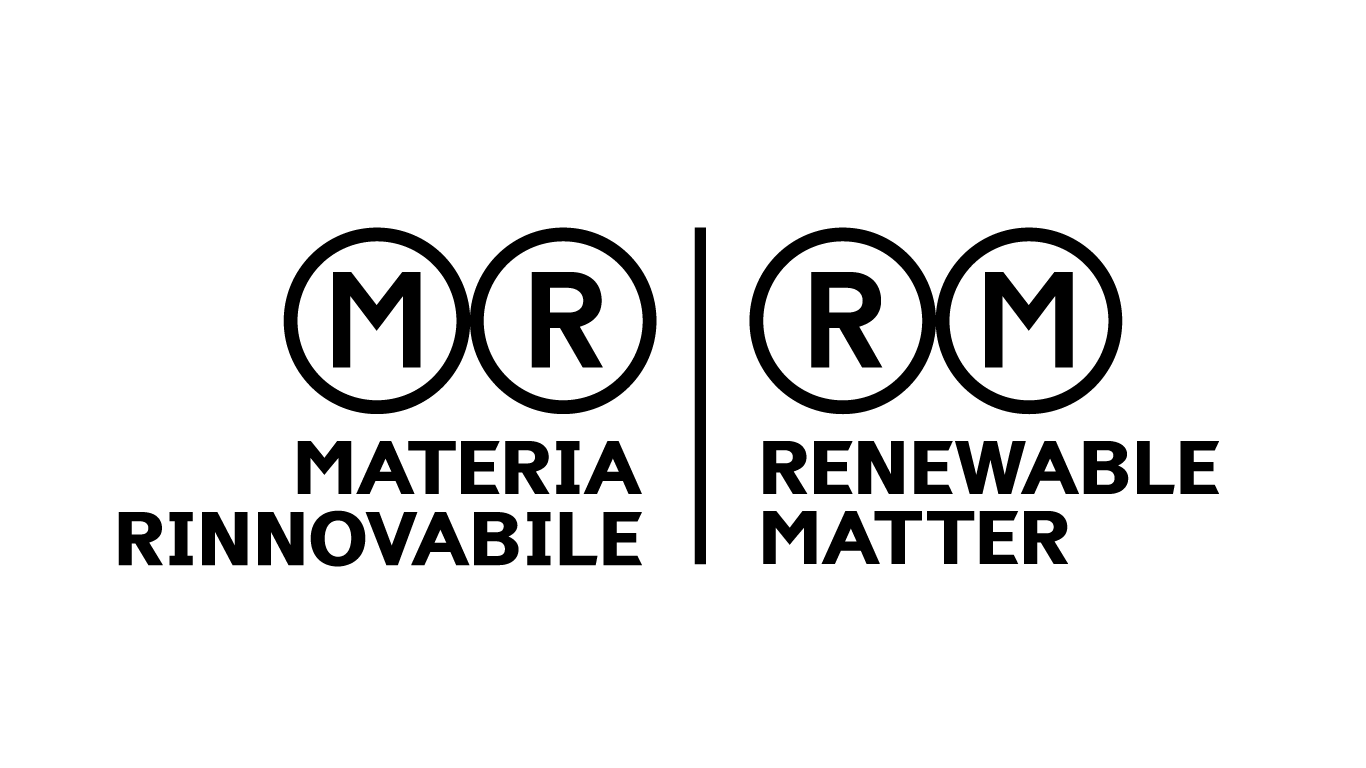This article is also available in Italian / Questo articolo è disponibile anche in italiano
The European Commission has taken a decisive step to reshape the European Union’s trade landscape, presenting to the Council its proposals for the signature and conclusion of two landmark accords: the EU-Mercosur Partnership Agreement (EMPA) and the EU-Mexico Modernised Global Agreement (MGA). Both are set to open unprecedented export and investment opportunities, bolster EU competitiveness, and reinforce Europe’s position as the world’s largest trading bloc.
Mercosur is the common market of Latin America, an organisation founded by Argentina, Brazil, Uruguay and Paraguay, which was later joined by Bolivia, Chile, Colombia, Ecuador, Guyana, Peru and Suriname as associate countries. Venezuela is also a member, but has been suspended since 2016 for failing to comply with internal regulations, while Mexico and New Zealand are observer countries.
The strategic scope of the agreements
Together, the EMPA and MGA will create billions of euros in new trade opportunities, enhance supply chain resilience, and strengthen political ties with key Latin American partners. These accords are not only commercial in nature but also reflect Europe’s broader geopolitical strategy at a time of global instability. They aim to consolidate alliances with like-minded partners while advancing shared objectives such as sustainable development, multilateralism, and the protection of human rights.
European Commission President Ursula von der Leyen described the agreements as “important milestones for the EU's economic future,” underlining their role in diversifying trade relations, lowering tariffs, and creating new business opportunities. According to the Commission, EU companies of all sizes will benefit, supporting hundreds of thousands of jobs across the continent.
Mercosur: the world’s largest free trade zone
The EU-Mercosur Partnership Agreement is poised to establish the world’s largest free trade area, encompassing a market of more than 700 million consumers in Argentina, Brazil, Paraguay and Uruguay. By reducing or eliminating high tariffs, the deal offers EU exporters a “first-mover advantage” in a region where many global competitors still face steep barriers.
The economic potential is significant: EU exports to Mercosur could grow by up to 39%, an increase worth approximately €49 billion annually, supporting more than 440,000 jobs across Europe. Tariffs that have long hampered EU industries will be sharply reduced or eliminated: duties on cars, currently as high as 35%, on machinery ranging between 14% and 20%, and on pharmaceuticals up to 14%, will be dismantled.
Agricultural exports are also expected to surge. EU agri-food shipments to Mercosur could increase by nearly 50%, with tariffs cut on products such as wine and spirits (currently up to 35%), chocolate (20%) and olive oil (10%). The agreement also extends protection to 344 EU Geographical Indications (GIs), ensuring iconic European products cannot be imitated in Mercosur markets.
Sensitive sectors within Europe have not been overlooked. Imports of Mercosur beef and poultry will be capped at 1.5% and 1.3% of EU production respectively, complemented by strong safeguard measures to counter sudden surges. The Commission has also proposed a legal instrument to operationalise these safeguards, reflecting concerns expressed by European farmers. Additionally, sanitary and phytosanitary standards will remain unchanged, guaranteeing that all imports must continue to meet EU food safety requirements.
Mexico: modernising a 25-year-old trade pact
The EU-Mexico relationship already rests on a strong foundation: since the signing of the original trade agreement in 2000, bilateral trade has flourished, making Mexico the EU’s second-largest trading partner in Latin America. Under the existing framework, EU exports of goods and services to Mexico amount to over €70 billion annually, supporting more than 630,000 jobs in Europe.
The modernised agreement goes much further, dismantling prohibitive tariffs that in some cases reach 100%, particularly on agri-food products such as cheese, poultry, pork, pasta, apples, jams, chocolate and wine. This will provide EU producers with a substantial competitive edge in Mexico’s food market, which relies heavily on imports. Protection is extended to 568 EU Geographical Indications, covering a wide range of traditional products.
Beyond agriculture, the MGA opens critical avenues for access to raw materials essential for European industry. Mexico is a leading supplier of fluorspar, bismuth and antimony, elements vital for steelmaking, pharmaceuticals, cosmetics, flame retardants, batteries and ceramics. By securing supply chains for such inputs, the agreement aligns closely with EU strategies to reduce dependencies on geopolitically unstable regions.
The deal also goes beyond economics, embedding cooperation on sustainable development, crime prevention, migration and gender equality. It reinforces shared commitments to human rights, international security and climate action.
Balancing growth with safeguards
Both agreements acknowledge the concerns of European farmers and industries exposed to new competition. The Common Agricultural Policy (CAP) proposal for the post-2027 period earmarks at least €300 billion in income support, providing long-term stability for EU farmers. In addition, the new Unity Safety Net, worth €6.3 billion, doubles the current agricultural reserve and strengthens the EU’s capacity to intervene in times of market turbulence.
The Commission is also preparing impact assessments on aligning production standards related to pesticides and animal welfare for imported goods. Moreover, it will increase sanitary inspections abroad and reinforce checks at EU borders, ensuring fair competition and consumer safety.
A new chapter for EU trade policy
For the agreements to come into force, they require ratification by the European Parliament and EU Member States. The Commission has therefore proposed a dual legal structure: comprehensive agreements covering the full scope of cooperation, and interim trade agreements (iTAs) limited to areas under exclusive EU competence. The iTAs, which require only EU-level ratification, will provide early benefits and expire once the broader accords are fully ratified.
This layered approach is intended to accelerate the delivery of tangible advantages to EU companies and consumers while respecting Member States’ prerogatives in areas of shared competence.
The EU-Mercosur and EU-Mexico agreements mark a turning point in the Union’s external economic relations. They are designed not only to boost exports and investments but also to safeguard Europe’s strategic autonomy, strengthen ties with democratic partners, and advance a sustainable model of globalisation.
As von der Leyen emphasised, the EU remains the world’s largest trading bloc, and these agreements will “cement this position.” For European businesses, they offer access to dynamic markets of more than 800 million consumers combined, with protections for sensitive sectors and safeguards for food safety and labour rights. For citizens, they promise growth, jobs and more resilient supply chains in an uncertain global environment.
Cover: Kaja Kallas © European Union


